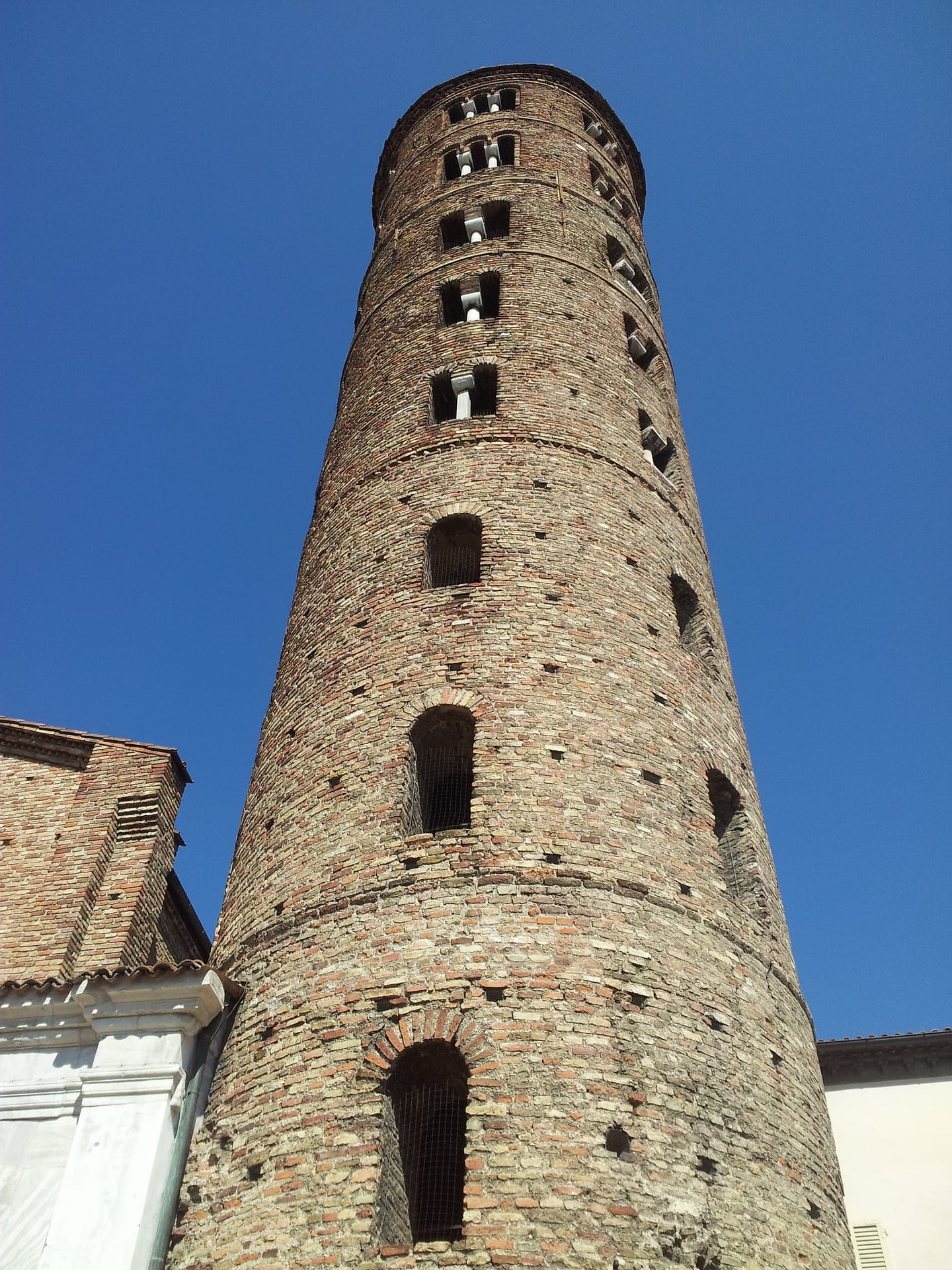Ravenna: A Living Mosaic of Art and Nature
Welcome to Ravenna, a city that unfolds like a captivating story, inviting you to savor its rich history and artistic treasures at a leisurely pace. As you traverse the enchanting landscapes and explore UNESCO-listed monuments dating back to the fifth and sixth centuries, you’ll discover why Ravenna is a living mosaic of art and nature.
A Tapestry of Empires Unveiled in Mosaics
Ravenna proudly wears the crown of being the capital of three empires – the Western Roman Empire, Theodoric King of the Goths, and the Byzantine Empire in Europe. These layers of history are beautifully preserved in the basilicas and baptisteries, home to the world’s richest collection of mosaics from the fifth and sixth centuries. With eight monuments listed as UNESCO World Heritage sites, Ravenna stands as a testament to the ages it has witnessed.
It’s worth noting that Dante’s final resting place is not in Florence, as one might expect, but here in Ravenna, underscoring the city’s historical significance.
Mausoleum of Galla Placidia: Hidden Treasures
The Mausoleum of Galla Placidia, though unassuming on the outside, houses exquisite mosaics dating back to Ravenna’s earliest days. Built by Emperor Onorio in 402 for his sister Galla Placidia, the mausoleum’s mosaics convey the theme of life triumphing over death. However, it’s the celestial depiction of a starry sky on the vault that captures the imagination, even inspiring Cole Porter during his honeymoon in the late ’20s and influencing his iconic composition, “Night and Day.”
San Vitale: An Octagonal Marvel of Early Christian Art
The Basilica of San Vitale, with its octagonal shape and splendid mosaics, stands as one of Italy’s treasures of early Christian art. Beyond the mosaics, a labyrinth on the ground symbolizes the journey from sin to purification, adding a layer of symbolism to the breathtaking artwork.
Sant’Apollinare Nuovo: World’s Largest Mosaic Cycle
Hosting the world’s largest mosaic cycle, the Basilica of Sant’Apollinare Nuovo narrates the life of Christ, Saints and Prophets, and the famous Palace of Theodoric. The erasure of figures during the transition from Aryan to Catholic cult adds a fascinating historical dimension to the mosaics.
Mausoleum of Theodoric: Myth and Monumentality
Legend envelops the Mausoleum of Theodoric, where a red porphyry basin is said to be the same in which the barbarian emperor met his end. The unique decagonal structure, with a massive stone roof, sets it apart from Ravenna’s traditional brick buildings. According to lore, a black horse emerged from a cross-shaped slit in the roof, casting Theodoric into Etna during a storm.
In Ravenna, the past and present intertwine, creating a living mosaic that beckons explorers to immerse themselves in its richness. As you stroll through the historic streets, cycle along the city’s enchanting paths, and savor its culinary delights, you’ll discover that Ravenna is indeed a masterpiece where art and nature coalesce in harmony
Sant’Apollinare in Classe: Majestic Beauty
Among Ravenna’s basilicas, Sant’Apollinare in Classe stands as the most imposing and majestic. Its mosaics, competing in beauty with others in the city, depict Christ surrounded by the four evangelists against the backdrop of a green paradise landscape. Originally located on the seashore, it now stands 8 km from Ravenna, adjacent to the archaeological site of the ancient city of Classe, the Roman fleet’s seat in the Adriatic Sea.
Culinary Delights in Ravenna
No visit to Ravenna is complete without indulging in its culinary wonders. Start your gastronomic journey with mixed cold cuts and squacquerone cheese, followed by cappelletti and tagliatelle with meat sauce. Continue with meat, fish, or local specialties like eels and frogs, concluding with a delightful mascarpone dessert. Pair your feast with local wines such as Albana, Sangiovese, Trebbiano, or Pagadebit.





